How Do You Introduce New Chickens to Your Flock? A Step-by-Step Guide
- March 12, 2024
- 0 comment
As a fervent chicken keeper and an enthusiast of backyard poultry farming, I’ve embarked on numerous journeys to expand my flock. Each journey has been a learning curve, steeped in both anticipation and anxiety. The process of introducing new chickens to an existing flock can be a nuanced ballet, demanding patience, strategy, and a keen eye for chicken dynamics.
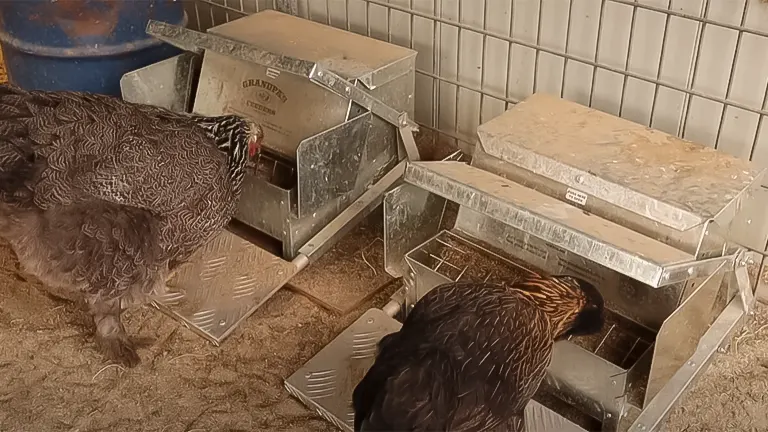
Drawing from my experiences and extensive research, I’ve distilled the process into an eight-step guideline designed to ensure a smooth and peaceful integration. These steps are not just theoretical but are tried and tested methods that have allowed me to witness the blossoming of my flock from wary strangers to a cohesive unit.
Table of Content List:
- Quarantine New Arrivals
- Use a Grow-Out Pen for Initial Introductions
- Monitor Size and Age Compatibility
- Gradual Integration Over Time
- Enhance the Environment with Perches and Hideaways
- Offer Multiple Feeding and Watering Stations
- Supervise the First Few Days of Full Integration
- Identify and Manage Bullies
Reflecting on Integration Challenges
Despite meticulous planning and following guidelines, challenges are inevitable. Each chicken has a distinct personality, and sometimes, despite our best efforts, integration can take longer than expected or require additional interventions. It’s important to stay flexible and responsive to the dynamics within the flock.
The Role of Space and Environment
One critical factor that significantly influences the success of integration is the amount of space available. Overcrowding can exacerbate tension and lead to more frequent and severe conflicts. Ensuring there is ample space for roaming, feeding, and resting can help mitigate these issues. Furthermore, enriching the environment with engaging elements like dust baths, foraging opportunities, and varied terrain can distract from negative interactions and promote positive behavior.
8 Steps of Guidelines for Introducing New Chickens To Your Flock
1. Quarantine New Arrivals
Before even considering introductions, quarantine new chickens for a minimum of two weeks. This period is crucial for monitoring health and preventing the spread of potential diseases.
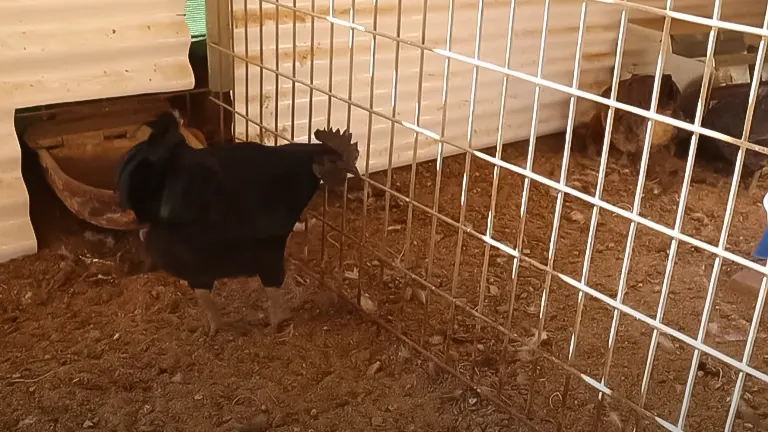
It’s a non-negotiable step in responsible flock management, ensuring the well-being of both old and new members.
2. Use a Grow-Out Pen for Initial Introductions
A grow-out pen or a similar enclosure within your chicken run is essential for safe introductions. This allows both parties to observe and interact without direct contact, reducing stress and aggression.
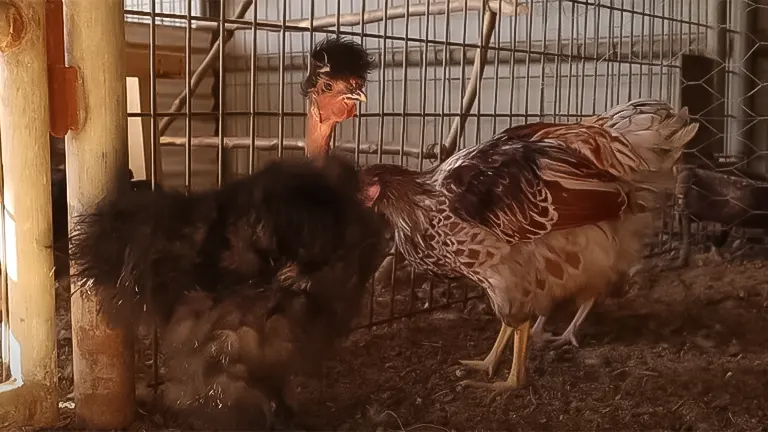
Depending on the age and size of the newcomers, a week or two for mature hens and longer for chicks, is advisable.
3. Monitor Size and Age Compatibility
Ensure that the newcomers are of compatible size and age with your existing flock to prevent bullying.

Introducing younger or significantly smaller chickens directly can lead to harmful pecking and injuries. Patience is key; wait until they are physically comparable.
4. Gradual Integration Over Time
Rushing the integration process can lead to chaos. Allowing chickens to acclimate over time, through the safety of a fence, minimizes the shock of new introductions.
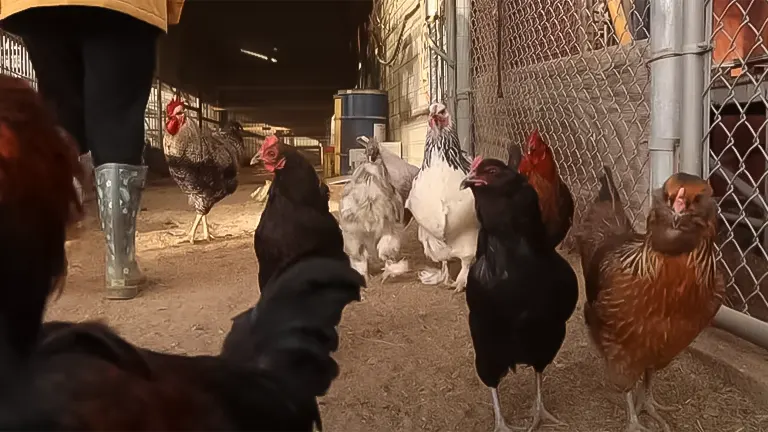
This slow dance allows for the establishment of a new pecking order with less violence.
5. Enhance the Environment with Perches and Hideaways
Provide plenty of perches, hideaways, and distractions within the coop and run.
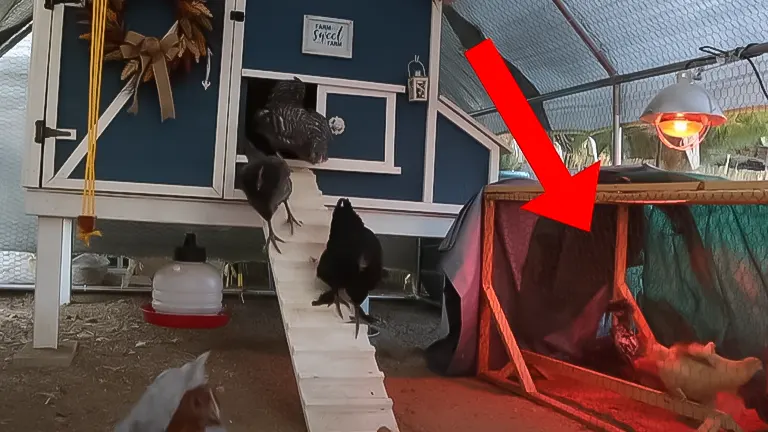
These additions offer refuge for lower-ranking or bullied chickens and help to dissipate tensions by encouraging natural behaviors and exploration.
6. Offer Multiple Feeding and Watering Stations
Reduce competition and resource guarding by having multiple feeding and watering stations.
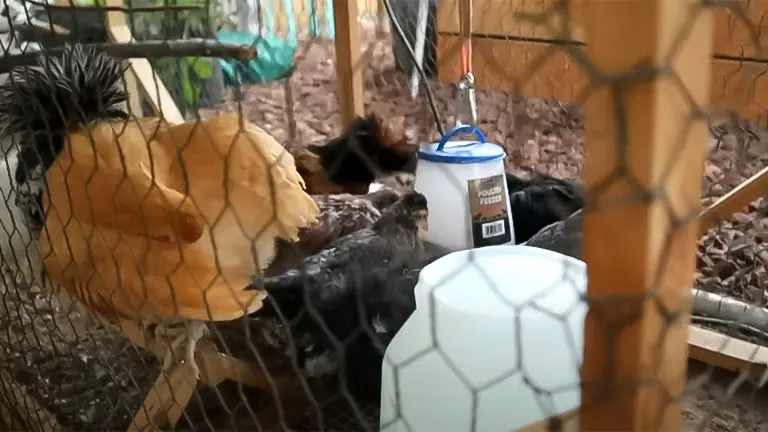
This ensures all chickens have access to essentials without feeling threatened, significantly lowering the chances of aggression.
7. Supervise the First Few Days of Full Integration
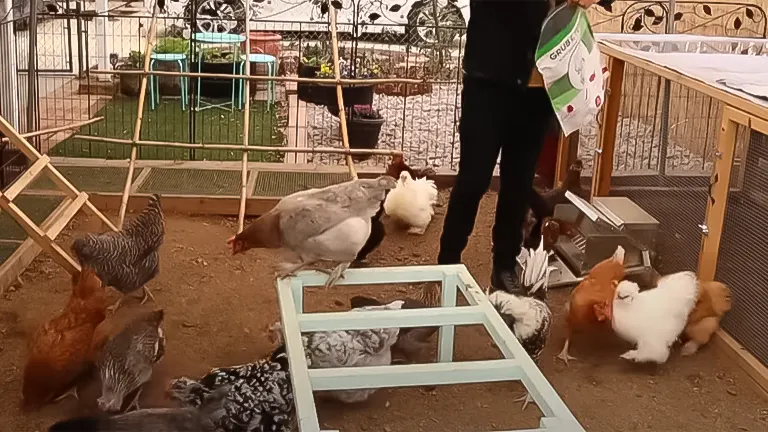
The initial days after removing barriers are critical. Supervise interactions to intervene if necessary, and be prepared to separate individuals if aggressive behavior escalates beyond typical pecking order establishment.
8. Identify and Manage Bullies
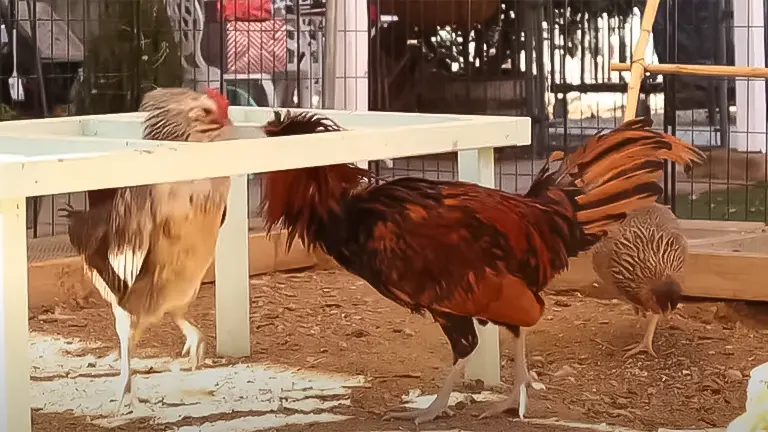
In cases where a particular chicken becomes overly aggressive, consider temporarily isolating the bully. This can recalibrate the flock dynamics and, once reintroduced, often the bully’s behavior adjusts to the new hierarchy.
Health Monitoring Post-Integration
Post-integration, closely monitoring the health and behavior of both new and established members is vital. Stress from the integration process can sometimes manifest in health issues or a drop in egg production. Early detection and intervention can prevent minor issues from becoming major problems.
The Importance of Personal Experience
Throughout my journey of integrating chickens, I’ve learned the importance of observing and responding to the unique needs of my flock. What works for one set of chickens may not work for another, and sometimes, advice needs to be adapted to fit specific circumstances. This hands-on experience has been invaluable, teaching me more about chicken behavior and welfare than any book or guide could.
Additional Tips
Here are three additional tips to ensure a harmonious introduction of new chickens to your flock:
- Observe and Act: Keep a vigilant eye on interactions, especially in the early days of full integration. Swift action may be needed to prevent bullying or injuries.
- Maintain a Routine: Chickens thrive on routine. Keep feeding, egg collection, and free-ranging times consistent to reduce stress during the integration period.
- Be Flexible and Patient: Not all introductions go according to plan. Be prepared to adapt your strategy, possibly separating chickens or extending the integration timeline if necessary.
Implementing these tips alongside the foundational steps can significantly enhance the success and ease of integrating new chickens into your flock.
Related Articles:
- Best Bedding For Chickens
- Best Safe Chicken Coop Heater
- 8×8 Chicken Coop Plans
- Turning a Shed Into a Chicken Coop
- How to Make a Chicken Coop Out of Pallets
- Best Sand for Chicken Coop
- How To Insulate a Chicken Coop
- How To Heat a Chicken Coop
- How To Keep Water from Freezing in Chicken Coop
- How to Build a Chicken Coop
- How To Build Chicken Nesting Boxes
- How to Raise Happy and Healthy Chickens in Your Backyard
- When Can Chicks Go Outside? Timing and Tips for a Smooth Transition
- 12 Reasons why Ducks are Better than Chickens
- Best Automatic Chicken Coop Doors 2024: Expert Reviews & Buyer’s Guide
- Best Fans for Chicken Coop 2024: Effective Cooling Solutions Reviewed
A Continuous Learning Process
Integrating new chickens into a flock is a continuous learning process. With each new introduction, I gain deeper insights into the complex social lives of chickens. Sharing these experiences and learning from others in the poultry community has been incredibly rewarding. It’s a reminder that, at its core, keeping chickens is about fostering a healthy, happy environment where they can thrive.
Final Thoughts
The process of introducing new chickens to a flock encapsulates the broader challenges and rewards of poultry keeping. It’s a responsibility that demands patience, understanding, and a willingness to learn and adapt. The guidelines I’ve shared are a starting point, a foundation upon which to build a thriving and harmonious flock.
As I reflect on my experiences, I’m reminded of the joy that comes from watching my chickens explore, forage, and interact within their expanded community. It’s a testament to the resilience of these fascinating creatures and the profound bond we can share with them. Whether you’re a seasoned poultry keeper or just beginning your journey, remember that each challenge is an opportunity to learn and grow, both for you and your feathered friends.
Frequently Asked Questions
- How long should the quarantine period last?
A minimum of two weeks is recommended to monitor for any signs of illness. - What is a grow-out pen, and why is it important?
A grow-out pen is a secure area where new chickens can live adjacent to the main flock, allowing them to see and interact without direct contact, reducing stress and aggression during the introduction. - Can I introduce just one new chicken to my flock?
While possible, introducing a single chicken can be more stressful for the bird due to a lack of companionship. It’s often better to introduce two or more chickens at a time. - How do I know when to move from the grow-out pen to full integration?
Observe the chickens’ behavior; when both groups seem calm and accustomed to each other’s presence, you can begin supervised introductions. - What should I do if the existing flock bullies the new chickens?
Provide hiding spots and ensure there’s enough space. In severe cases, temporarily remove the aggressor to reset the pecking order. - How can I ensure the health of my flock during integration?
Continue to quarantine any sick birds, and ensure all chickens are vaccinated and dewormed as necessary. - Is there a best time of year to introduce new chickens?
Spring and summer are ideal, as the weather is milder, and there’s more natural food available, reducing competition. - What age should new chickens be before introducing them?
It’s best to introduce chickens when they’re fully feathered and similar in size to your existing flock, typically around 16-20 weeks for most breeds. - How do I handle food and water for the new chickens during the introduction?
Provide multiple food and water stations to reduce competition and ensure all chickens have access to essentials. - What are some signs that the integration is not going well?
Persistent bullying, noticeable injuries, or if the new chickens are being prevented from accessing food, water, or shelter.
We’d love to hear from you! Share your personal experiences and thoughts about integrating new chickens into your flock in the comments section below. Your insights could help fellow poultry enthusiasts navigate the complexities of flock expansion with ease and confidence!

Edward Smith
Forestry AuthorWoodworking is about more than crafting; it's a harmonious connection with nature, mastering tools, and preserving our environment. I'm here to share my knowledge and experiences with you, forging a future where we can embrace wood's beauty and utility while safeguarding our forests' health and diversity.













Leave your comment